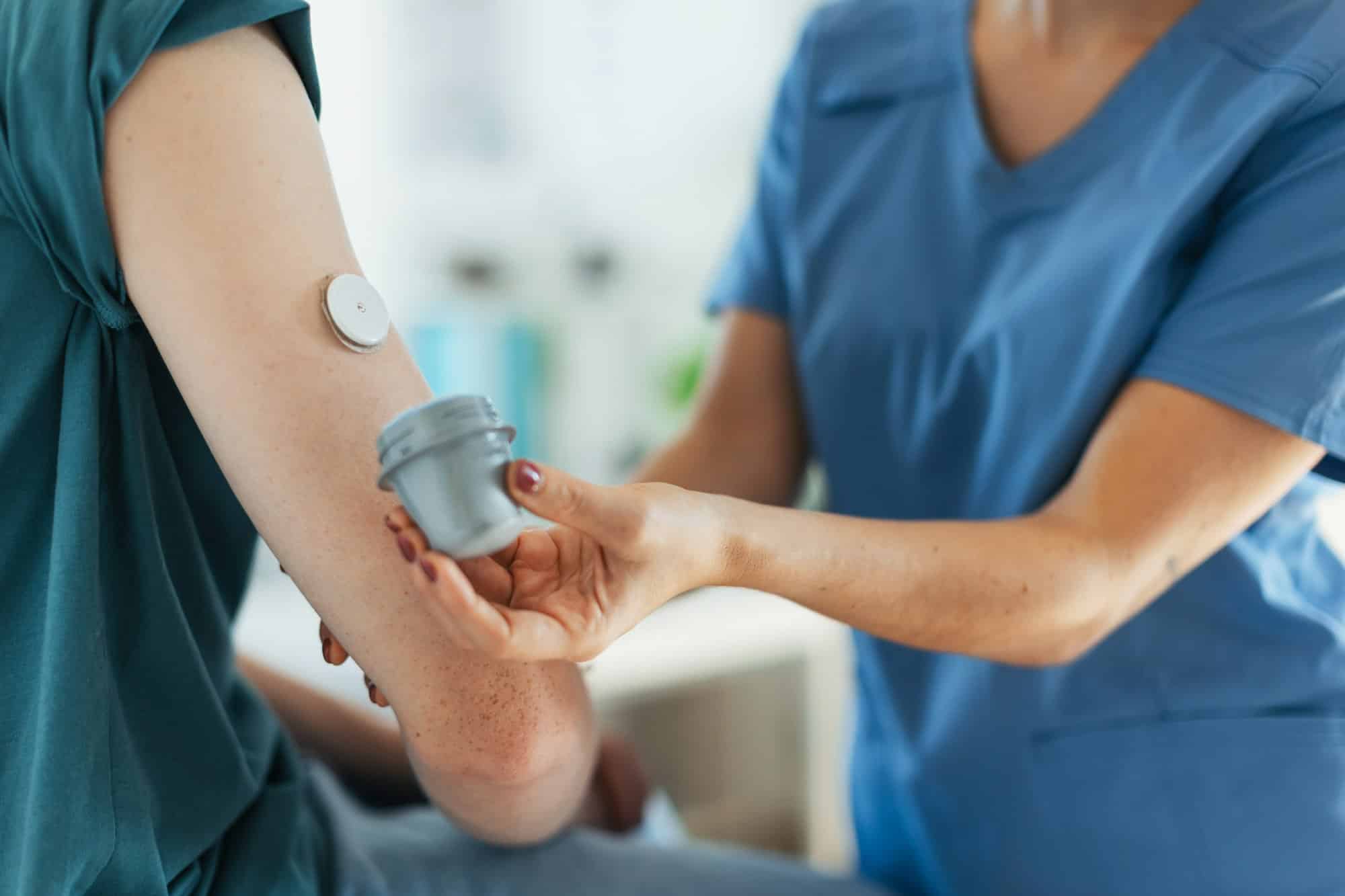How Does the Use of Continuous Glucose Monitors (CGM) Change the Management of Type 2 Diabetes?

The rise of technology has drastically changed the management of chronic diseases, and diabetes is no exception. A key player in this revolution is the Continuous Glucose Monitor (CGM). This device has revolutionized the care of people with diabetes by providing real-time, continuous monitoring of glucose levels. But how exactly does CGM change the approach to the management of type 2 diabetes? Let’s explore this question in depth.
Understanding Diabetes and the Role of Glucose Monitoring
Type 2 diabetes is a condition that affects millions of people worldwide. It is characterized by high levels of glucose in the blood, which can lead to serious complications if not managed properly. Monitoring glucose levels is hence a crucial part of diabetes care. Traditionally, this has been done through periodic finger-prick tests, which provide a snapshot of the blood glucose level at a particular point in time.
En parallèle : What Are the Best Smartphone Apps for Tracking Menstrual Health and Fertility?
However, glucose levels can fluctuate throughout the day, and these random measurements might not capture the full picture. This is where Continuous Glucose Monitors come into play. CGMs offer a more comprehensive view of a patient’s glucose levels, revealing trends and fluctuations that might not be apparent with traditional glucose monitoring methods.
The Mechanism and Benefits of Continuous Glucose Monitoring
A CGM system consists of a tiny sensor inserted under the skin (usually in the arm or abdomen) that measures glucose levels in the interstitial fluid, a thin layer of fluid that surrounds the body’s cells. The sensor transmits the data to a device that displays real-time glucose levels and trends. This continuous stream of data allows patients and their healthcare providers to see not just where their glucose level is at any given moment, but also where it’s headed and how fast it’s getting there.
Avez-vous vu cela : Can High-Intensity Focused Ultrasound (HIFU) Treat Prostate Cancer with Fewer Side Effects?
The real-time data provided by CGMs can help patients avoid sudden drops or spikes in blood glucose, which can lead to hypoglycemia or hyperglycemia respectively. Moreover, different CGM models also come with alarms that alert the user when glucose levels are too high or too low.
CGMs and Their Impact on Type 2 Diabetes Management
A study published in the Journal of Diabetes Science and Technology in 2020 showed that the use of CGM in individuals with type 2 diabetes led to improved glycemic control, reduced hypoglycemia, and improved quality of life. The continuous stream of data provided by the CGMs allows for more precise insulin dosing, dietary adjustments, and other therapeutic interventions.
For example, if a patient’s CGM data shows a consistent rise in blood glucose levels after breakfast, they may need to adjust their morning insulin dose or modify their breakfast menu. Similarly, if the CGM data shows a sudden drop in glucose levels during exercise, the patient may need to adjust their pre-exercise snack or insulin dose.
The Future of Diabetes Care with CGMs
As more and more people adopt the use of CGMs, we are witnessing a paradigm shift in diabetes care. Patients are no longer passive recipients of care but active participants who can make informed decisions about their health. This empowerment is likely to lead to improved diabetes management and better health outcomes.
Moreover, CGMs are becoming increasingly integrated with other digital health technologies. For instance, some CGM devices can now sync with smartphone apps or smart insulin pens, enabling automated insulin delivery based on real-time glucose data. This integration of technologies is paving the way for the future of diabetes care, which is likely to be characterized by more personalized, precise, and data-driven treatments.
In conclusion, it’s clear that the use of Continuous Glucose Monitors is significantly changing the management of type 2 diabetes. Through continuous monitoring, these devices provide detailed insights into the patient’s glucose levels, enabling more precise and proactive care. As technology continues to evolve, we can expect CGMs to play an even more central role in diabetes care.
The Role of CGM in Preventing Complications in Type 2 Diabetes
Type 2 diabetes, if not managed properly, can lead to several complications such as kidney disease, heart disease, stroke, and nerve damage. The key to preventing these complications is maintaining optimal glucose control, which is where Continuous Glucose Monitors (CGMs) come in.
CGMs provide continuous, real-time monitoring of glucose levels, which is significantly more effective than periodic blood sugar testing. This is because CGMs capture glucose fluctuations that might not be apparent with traditional glucose monitoring methods, thereby enabling more proactive and precise diabetes management.
A study published in Diabetes Technol Ther in 2023 revealed that the use of CGMs in individuals with type 2 diabetes not only improved glycemic control but also reduced the risk of diabetes-related complications. The study found that CGMs helped patients maintain their glucose levels within the target range more consistently, thereby reducing the risk of both hypoglycemia and hyperglycemia.
CGMs also help in the management of diabetes-related complications. For instance, if a patient’s CGM data shows a sudden drop in blood glucose levels, it could indicate an onset of hypoglycemia, which, if left untreated, could lead to serious complications like seizures or loss of consciousness. Thus, the real-time alerts provided by CGMs can help in the timely intervention and prevention of such serious complications.
Moreover, the study indicated that the use of CGMs also led to improved quality of life, as patients felt more in control of their condition and experienced less anxiety about potential complications.
Conclusion: The Transformative Potential of CGMs in Type 2 Diabetes Management
In conclusion, the use of Continuous Glucose Monitors (CGMs) is revolutionizing the management of type 2 diabetes. By providing a continuous, real-time stream of glucose data, CGMs enable patients and healthcare providers to gain a more comprehensive understanding of the individual’s glucose levels, thereby allowing for more precise and proactive diabetes care.
CGMs are not only improving glycemic control but also reducing the risk of diabetes-related complications and improving the quality of life for individuals with type 2 diabetes. As the integration of CGMs with other digital health technologies continues, we can expect more personalized, precise, and data-driven treatments in the future.
The rise of CGMs is indicative of a broader trend towards using technology to empower patients and transform healthcare. As we continue to navigate the digital health landscape, it’s clear that devices like CGMs will play a central role in shaping the future of diabetes care.
As technology continues to evolve and become more accessible, the hope is that every individual with type 2 diabetes will have the opportunity to benefit from the empowering potential of CGMs, thereby transforming their diabetes care journey and improving their health outcomes. The future of diabetes care is here, and it’s more personalized, precise, and data-driven than ever before.
